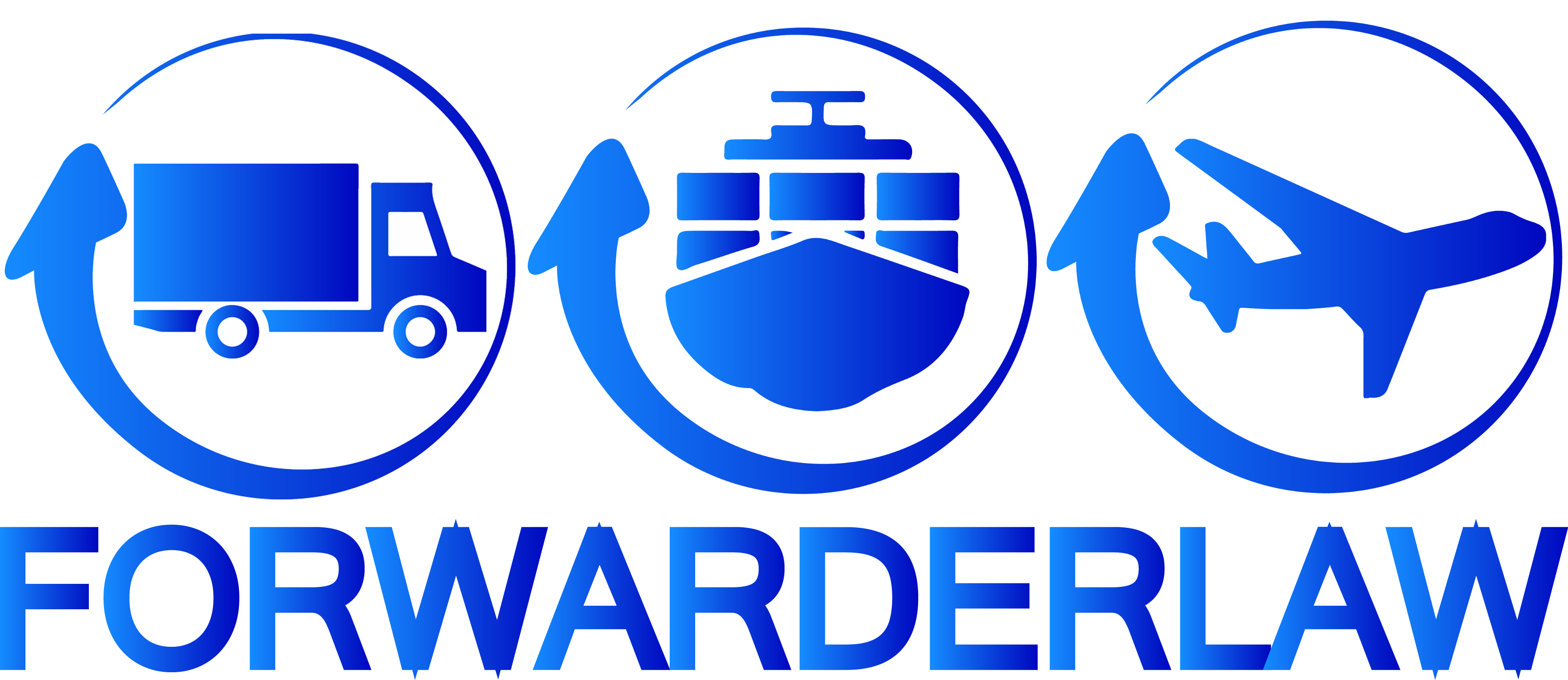Gavin Magrath, Magrath’s International Legal Counsel, Toronto, Canada
Senate Bill S-211, formally “An Act to enact the Fighting Against Forced Labour and Child Labour in Supply Chains Act and to amend the Customs Tariff,” also known as “Fighting Against Forced Labour and Child Labour in Supply Chains Act“, is nearing the end of its legislative journey and can be expected to be passed into law in the new year.
The bill was introduced in the Senate in 2021 by the Hon. Julie Miville-Dechêne, and passed first and second readings there in November and December of that year; it passed through committee and third reading in the Senate in April. The House took the bill up quickly with a first reading in May and a second in June, but the pace slowed somewhat in the latter half of 2022 while the Act rested with the House committee. That committee finished its work on November 30th, and while their report has not been published, it will presumably clear the way for a third reading and passage into law early in 2023.
According to Walk Free’s Global Slavery Index, Canada is currently a laggard in addressing modern slavery, and is one of twelve G20 countries that lacks any kind of legislative framework to fight forced labour in supply chains. Bill S-211 aims to address that through comprehensive reporting requirements for entities producing, importing, distributing, or selling goods in Canada.
Scope: As noted the Act has a broad definition of reporting entities, being any entity producing, importing, distributing, or selling goods in(to) Canada, but the obligations apply only to businesses that are (a) listed on a stock exchange or (b) meet at least two of the following three thresholds (i) 250 employees (ii) $20 million assets (iii) $40 million revenues. It also includes the Crown.
Reporting Obligations: Reporting entities must, by 31 May of each year, make annual reports to the Minister, and make those reports publicly available on their website. The Report must contain a statement confirming the Report was approved by the Entity’s governing body, and contain the signature of one or more members of that body (who, in turn may be personally liable for penalties for breach).
The Report must detail steps taken in the year to prevent and reduce the risk that forced labour or child labour is used at any step of the production, and specifically:
(a) its structure, activities and supply chains;
(b) its policies and its due diligence processes in relation to forced labour and child labour;
(c) the parts of its business and supply chains that carry a risk of forced labour or child labour being used and the steps it has taken to assess and manage that risk;
(d) any measures taken to remediate any forced labour or child labour;
(e) any measures taken to remediate the loss of income to the most vulnerable families that results from any measure taken to eliminate the use of forced labour or child labour in its activities and supply chains;
(f) the training provided to employees on forced labour and child labour; and
(g) how the entity assesses its effectiveness in ensuring that forced labour and child labour are not being used in its business and supply chains.
Penalties: The act provides for fines of up to $250,000 to be imposed on entities, but also potentially on directors, officers, and/or agents of the entity found liable for the breach.
Commentary
It should be noted that the Act imposes reporting obligations and penalties for failure to report, but does not establish offences or punishments for incidents of forced labour in the supply chain.
Related Acts before Parliament include Bill C-243, which would provide the Minister of Public Safety with investigatory powers, and included Bill C-262, which would have established a due diligence requirement for regulated entities to prevent modern slavery and human rights abuses in particular against indigenous communities, but that bill was left to die on the order paper in 2020. Its failure was seen as a setback for indigenous rights in Canada as well as for the implementation domestically of our international human rights obligations.
The size cutoff for capture of corporate entities may also be problematic; small businesses dominate the Canadian marketplace, accounting for 98% of employers and approximately 2/3 of all workers; large employers of more than 500 employees account for only about 15% of Canadian workers.
Nonetheless, and while somewhat late to the table compared to the United States or the UK, Canada’s new regime leapfrogs the first stage of government procurement compliance to establish a broad regime for both crown and corporate responsibility, and therefore marks an important first step in coming into compliance with our international human rights obligations.

